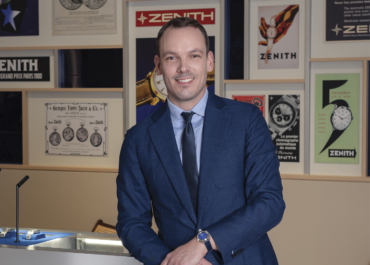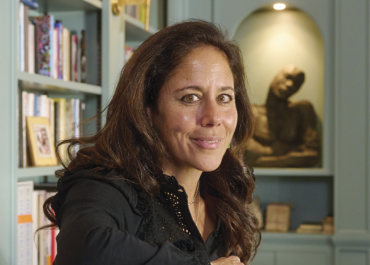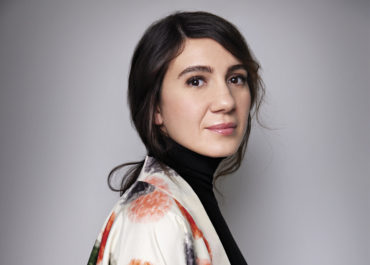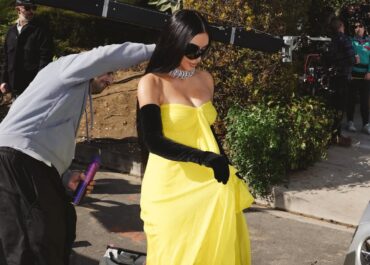As ZENITH celebrates its 160th anniversary, the Swiss watchmaker stands as a beacon of endurance, creativity, and precision. Since its founding in 1865, the Maison has been defined by a visionary spirit, one that continues to push the boundaries of horological innovation while remaining deeply rooted in its founder’s ambition: to create the perfect watch.
Over more than a century and a half, ZENITH has not only redefined technical excellence through pioneering movements such as the El Primero but has also inspired generations of collectors with timepieces that reflect authenticity, artistry, and daring innovation.
To mark this landmark year, ZENITH has unveiled the G.F.J. collection, a tribute to its founder Georges Favre-Jacot and the brand’s enduring quest for perfection. Powered by the legendary Calibre 135, one of the most awarded movements in the history of chronometry, the G.F.J. celebrates both precision and beauty. Originally developed in 1949 for observatory competitions, the calibre won a record 235 chronometry prizes and became synonymous with accuracy and craftsmanship. In its new form, the movement has been meticulously re-engineered for the 21st century, preserving the dimensions and architecture of its ancestor while introducing modern advancements such as a 72-hour power reserve, COSC certification, and an intricately decorated design inspired by the brick façade of the ZENITH Manufacture. The watch itself is a study in timeless elegance: a 39 mm platinum case, a dial of deep blue lapis lazuli flecked with gold-coloured pyrite, and refined guilloché details that evoke the Maison’s celestial inspiration. Released in a limited edition of 160 pieces, the G.F.J. stands as both a tribute to ZENITH’s past and a testament to its unending pursuit of excellence.
Few people have witnessed this evolution as closely as Romain Marietta, Chief Products Officer at ZENITH. Having spent nearly two decades within the Manufacture, Marietta has been instrumental in refining the brand’s identity — simplifying its collections, preserving its DNA, and guiding its creative direction as both a guardian of heritage and an innovator of modern horology, he reflects on the Maison’s remarkable journey, the significance of the G.F.J. collection, and the art of balancing authenticity with forward-thinking design.
Zenith is celebrating 160 years this year. How do you honour the heritage of the brand while remaining relevant for today’s collectors?
We strive to stay true to ourselves, remaining authentic and aligned with the vision of our founder, who sought to create the ultimate watch. This year, we decided to create four watches that represent the brand’s journey. It is not easy to summarise 160 years in four pieces, but we wanted each to reflect a moment in our story. One part of the celebration focuses on the modern aspect, with the chronograph in blue ceramic, while another pays tribute to our history through the revival of the GFJ calibre in a new collection. Together, they capture both our heritage and our evolution.

When revisiting an anniversary piece, how do you decide between a faithful reissue and a modern reinterpretation?
We have gained a reputation for our revivals since our inception in 2019. We are faithful to our vintage models because we care deeply about them. We are humbled by what our predecessors achieved, and we still utilise many of the same movements, including the El Primero, which was first introduced 56 years ago. That continuity gives us the ability to recreate our past with integrity. But being respectful also means not simply repeating what was done before. We aim to recreate and improve where necessary, while preserving the essence of the original.
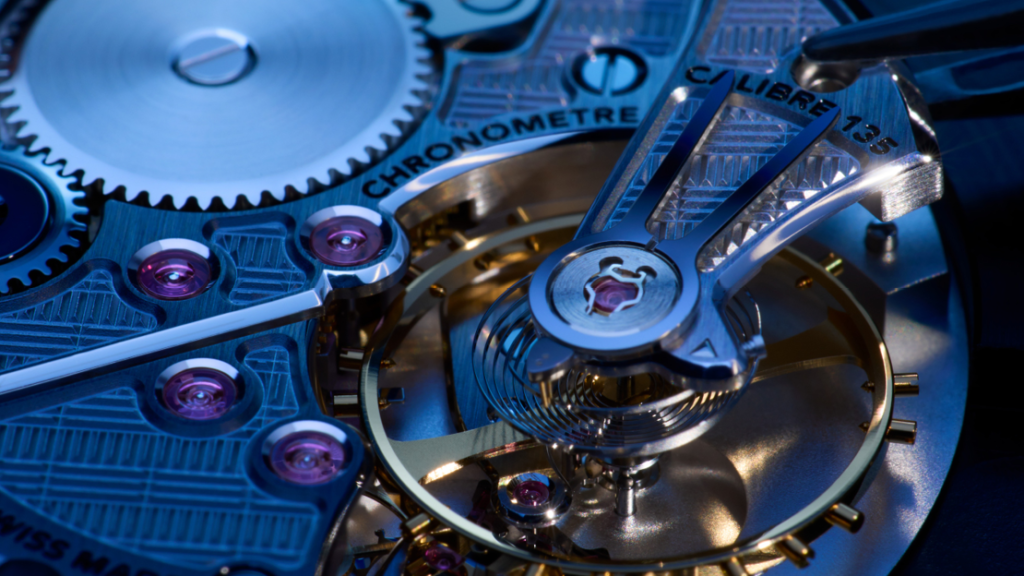
Which past Zenith models still inspire you most when creating today’s novelties?
All of them inspire me in some way. Of course, some eras were more influential than others, but the watches from the 1960s and from 1969 onwards remain huge sources of creativity for us. That was when the El Primero was born and when design really began to flourish — bold shapes, vibrant colours, and daring ideas. There were also some incredible designs in the 1920s and 1930s. Every period offers something valuable, but certain eras are especially meaningful for today’s aesthetic language.
Could you share some of the biggest challenges in bringing recent novelties from concept to reality?
The biggest challenge is always to make it right, to ensure the design looks beautiful, feels harmonious, and carries meaning. It is easy to create something new, but if the story, inspiration, or legacy behind it does not align, it will not resonate. Every detail matters, from proportion to ergonomics. Simplicity can be the hardest thing to achieve because the fewer elements you have, the more each one must be perfect. When something feels off, you immediately see it.
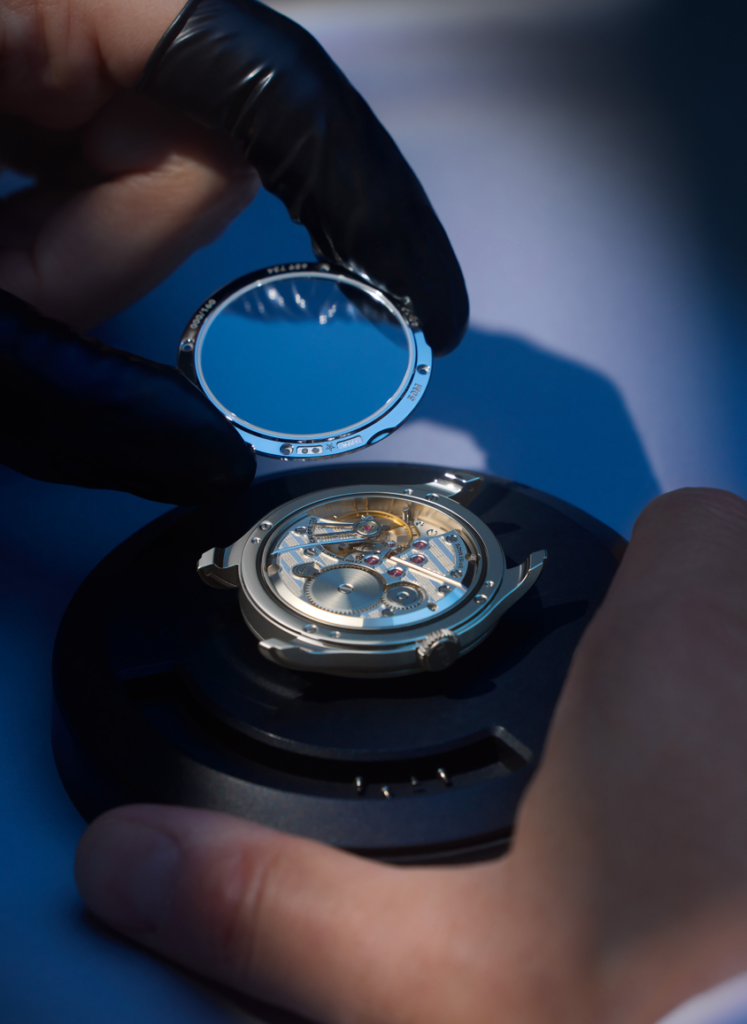
Zenith often surprises with unexpected collaborations and limited editions. How do you decide which partnerships make sense for the brand?
We are a curious team, and we like to explore new ideas. We often test the waters and consider many suggestions before choosing which projects to pursue. When a collaboration feels like a natural fit and shares our values, that is when it works. We like to be different and to be first, but always in a genuine way. Every collaboration must make sense, feel authentic, and tell a story that aligns with the spirit of ZENITH.
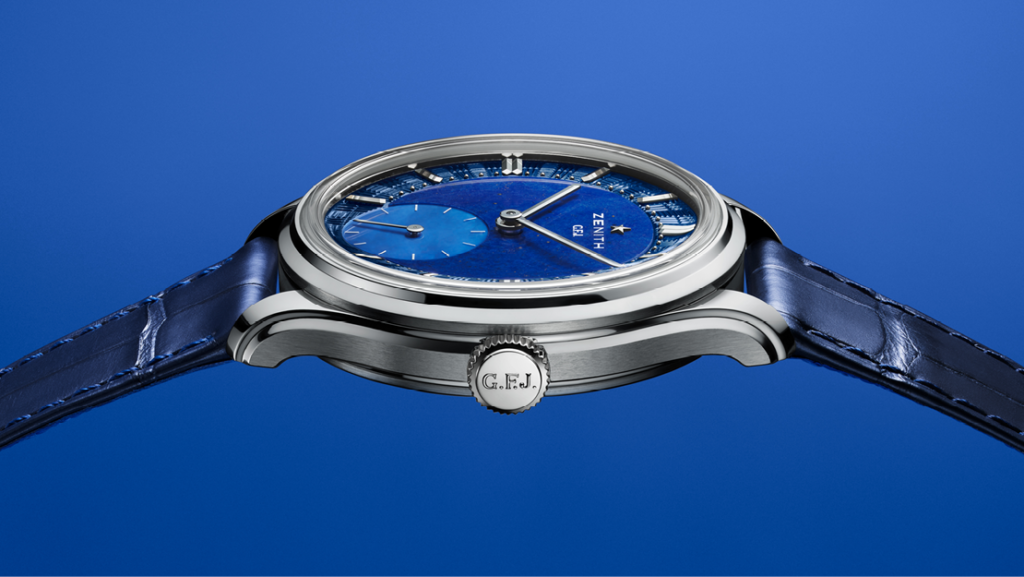
Without revealing too much, what can we expect next from Zenith in terms of product pipeline?
The G.F.J. is just the beginning. It marks the start of a new collection focused on chronometry, precision, and reliability, all core to our history and philosophy. You can expect more developments in movements and design, as well as exciting collaborations with independent watchmakers from around the world. We are not limiting ourselves to Switzerland. There is also a completely new and unexpected product coming next year. There is a lot in the pipeline.
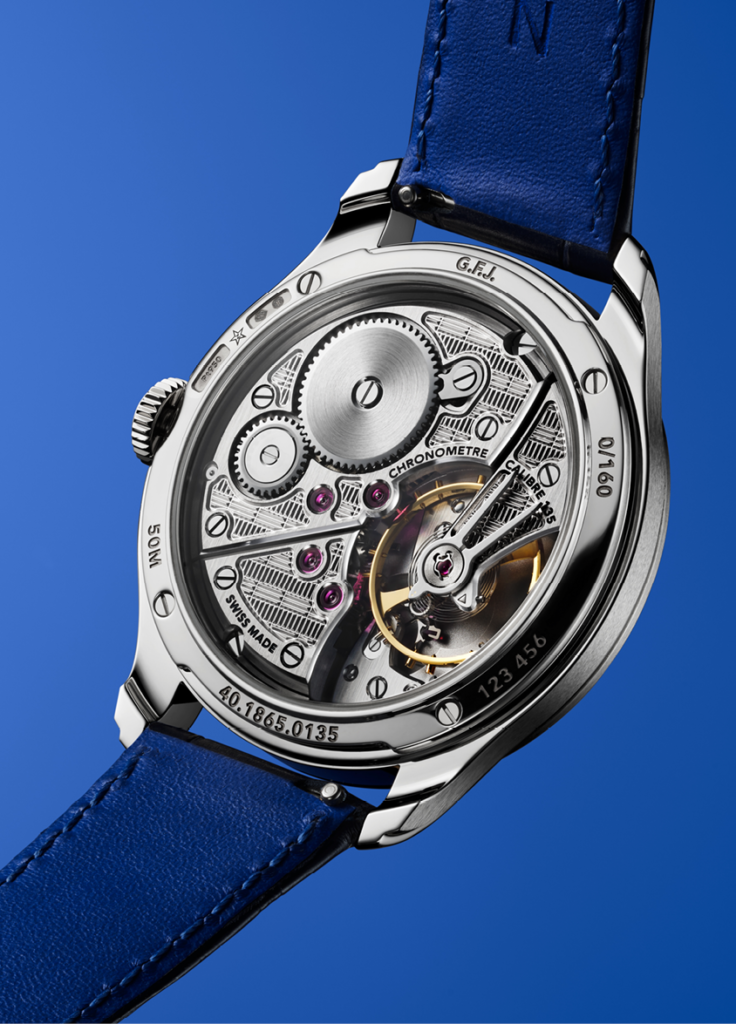
Precision has always been at Zenith’s core. How will future watches push the limits of chronometry?
It is difficult to predict the future, but ever since the introduction of Quartz in 1969, the same year as the El Primero, we have known that mechanical watches could never be as precise as Quartz. However, we are constantly innovating to get closer. We continue to work on high-frequency movements and improved precision. What matters most to us is reliability, robustness, and quality. When you buy from ZENITH, you are investing in a fully Swiss-manufactured approach, which is our promise to clients.
Which of Zenith’s anniversary pieces are you most proud to have worked on, and why?
The GFJ, without question. I have been with the brand for 19 years, and I had the honour of meeting the watchmaker who created the movement back in 2009. He was 100 years old. It was an emotional moment. We showed him his original technical drawings, which he had not seen in 60 years. He still remembered every detail and said, “I don’t know what I had for breakfast this morning, but I know how I created that watch.” That passion embodies what makes ZENITH special. Reviving this calibre was not only a professional achievement but also a personal tribute to him and to our predecessors.
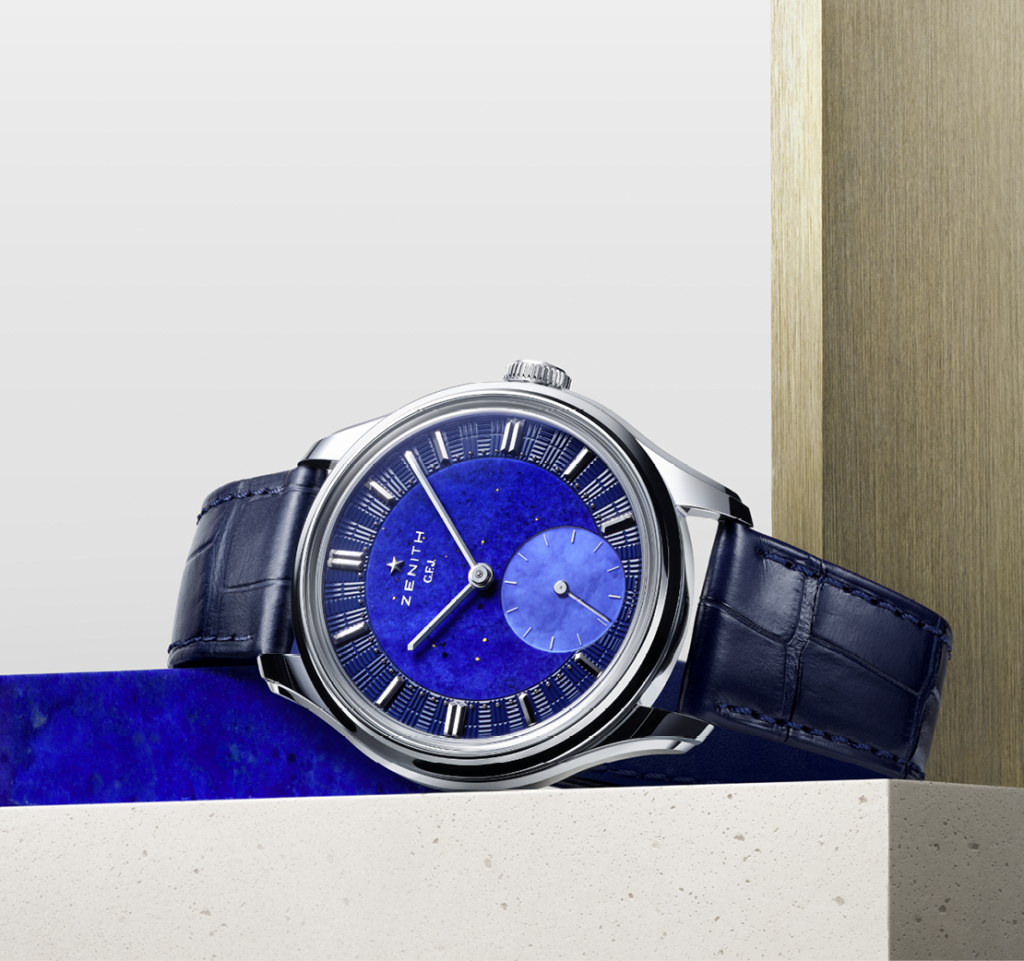
When you think about the next decade of Zenith novelties, what is the one innovation or achievement you hope to be remembered for?
I do not want to be remembered personally; I want people to remember the watches. They are like family to me. What matters is the collective journey that we have taken as a team to strengthen ZENITH’s identity, create coherence, and build trust with collectors who believe in our brand. People do not buy watches because they need them; they buy them because they believe in the story. If I had to choose two creations that define that spirit, it would be the GFJ and the Chronomaster Sport, both of which represent the passion, precision, and authenticity that ZENITH stands for.



